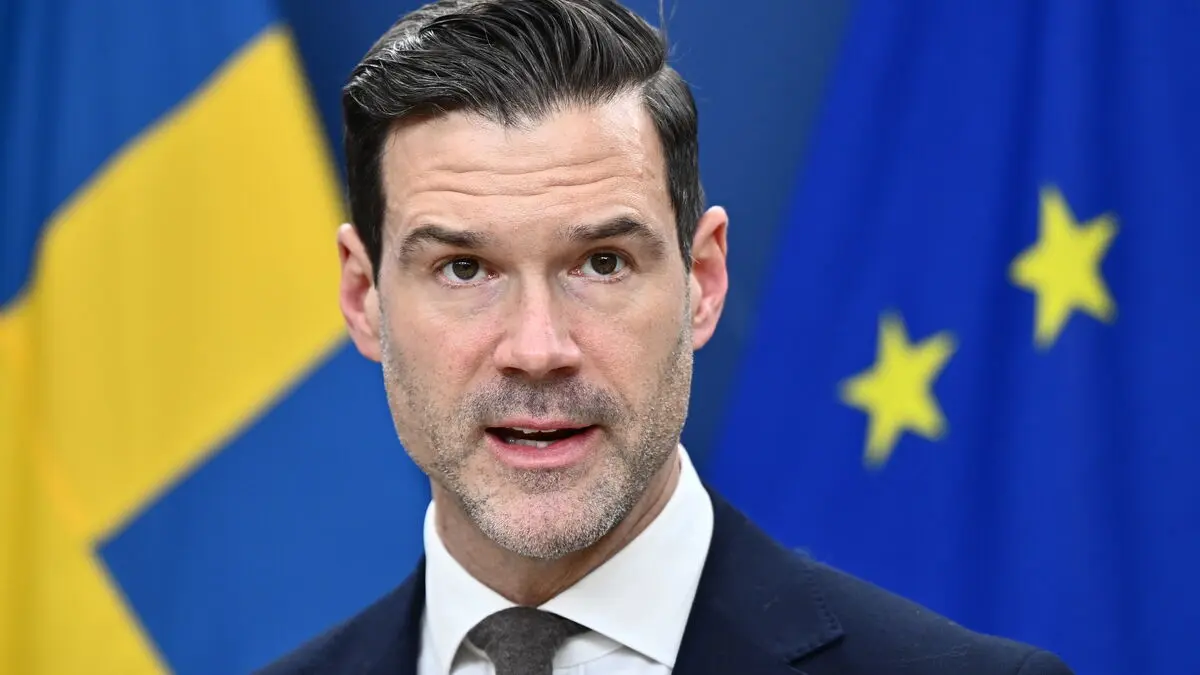It's intense negotiations, one can say. It will be until they reach an agreement. But it's starting to come together and they clearly want to get it done before the agreement expires, says Johanna Gréen, press secretary at Unionen.
The industrial agreement is the agreement that usually sets the "mark", the norm for wage increases on the labor market. But no details about where it's heading will be disclosed by either party at present.
Not even Erland Olauson, chairman of the industry's impartial mediator, Opo, can comment.
All we can say is that it usually becomes an agreement before it expires, he says.
Opo submitted its first bid to the parties about a week ago. It was accepted by the employer side, but rejected as unacceptable by the unions.
The unions had demanded a contractual value of 4.2 percent over one year, while the bid was at 7.7 percent over three years. This would mean a wage increase rate of 2.6 percent per year.
It's a wage increase rate that is unacceptable, said Camilla Frankelius, chief negotiator at Sveriges Ingenjörer to TT, and stated that the parties were very far apart from each other.
The 2025 collective bargaining round is more comprehensive than in a long time. A total of 510 collective agreements will be renegotiated for approximately 3.4 million employees.
The parties behind the industrial agreement sign a total of 55 agreements covering around 500,000 employees. The industrial agreement also includes several industry organizations that do not sign collective agreements.
The employer organizations are Grafiska Företagen, IKEM, Industriarbetsgivarna, Livsmedelsföretagen, Gröna arbetsgivare, Teknikföretagen, TEKO, and TMF.
The trade unions within the industrial agreement are GS, Livsmedelsarbetareförbundet, IF Metall, Sveriges Ingenjörer, and Unionen.
The industrial agreement was signed in 1997 and the industry has since had a wage-setting role for the labor market as a whole.
Source: Mediation Institute





